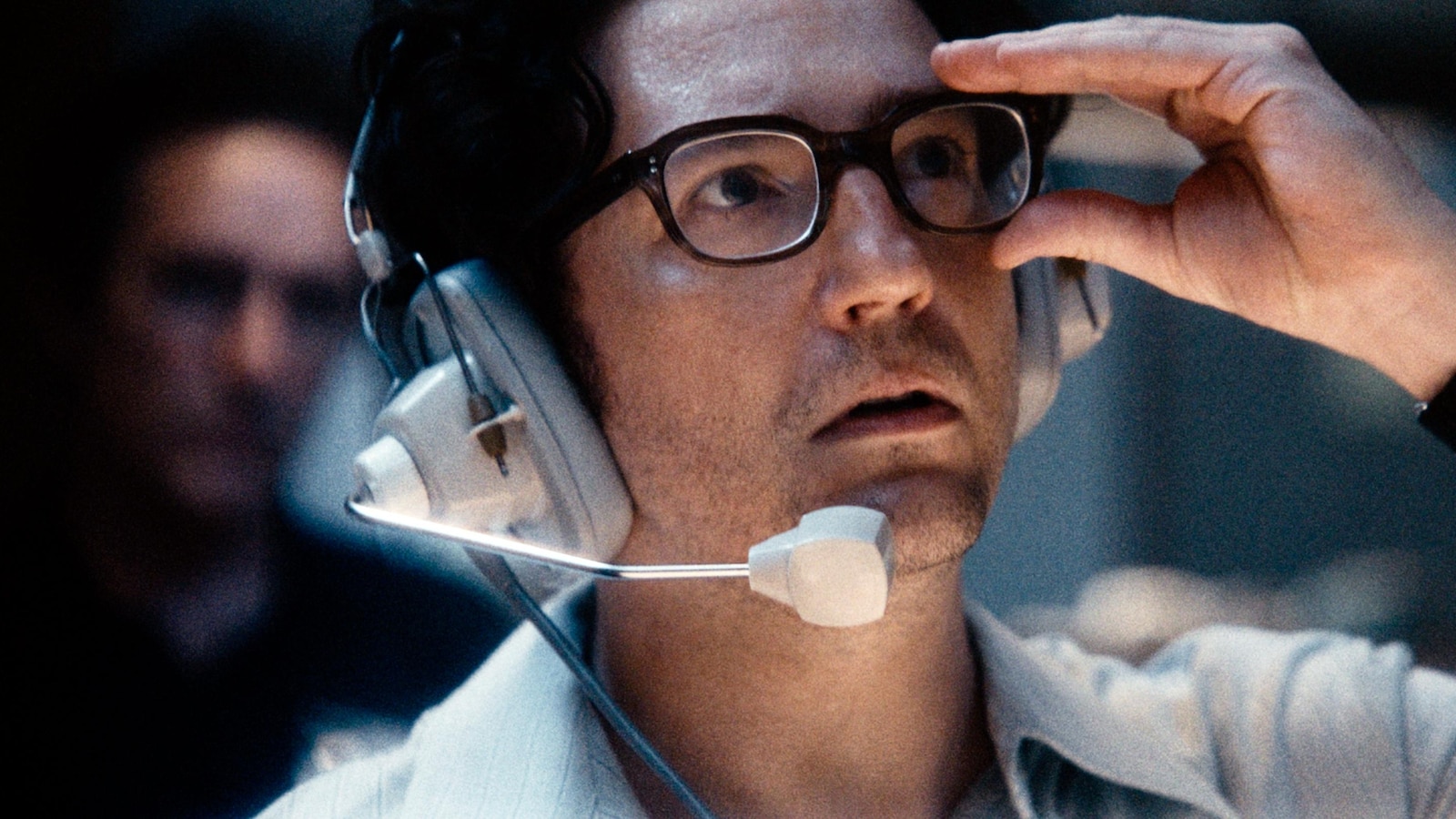News junkies will find much to love in “September 5,” a fictionalized account of ABC’s live coverage of the hostage crisis during the 1972 Munich Olympics. There are spirited debates about reporting with only one source, use of words like “terrorism” and what to do if violence breaks out during a live shot. There are negotiations with rival networks over satellite usage, disguises and fake badges made to get reels of 16mm film in and out of the locked down Olympic village and plenty of confused men (and a few women) trying to keep up with an ever-escalating situation.
The film is a moment by moment retelling of how a group of sports broadcasters brought this story to the world in real time, despite the technical limitations and their own inexperience across a confusing 22 hours. Everyone came to the studio that night ready for breaking sports news, scores and pre-packaged interviews. Even that was going to be a test for the man running the control room for the first time. Geoffrey Mason, portrayed by John Magaro, was a 28-year-old coordinating producer. Someone wonders about his experience and is assured that he’s covered minor league baseball games.
But in the early hours of Sept. 5, 1972, eight members of a Palestinian group called Black September broke into the Olympic village and attacked the Israeli delegation killing wrestling coach Moshe Weinberg and weightlifter Yossi Romano. Some escaped, but nine others were taken hostage.
While the tragedy of the Munich Olympics has certainly been told many times, writer and director Tim Fehlbaum saw an opportunity in the team behind the live broadcast. And he commits fully to staying in the newsroom, with all of its glorious old technologies, from the walkie-talkies they used to stay in touch and to taking time to show how they had to manually add text to the screens. He and his screenwriter were able to reconstruct the events almost minute-by-minute, which helped shape the screenplay.
The players are many in this large ensemble. Peter Sarsgaard, who’s looked right in a newsroom since “Shattered Glass,” gives gravitas to Roone Arledge, then-president of ABC Sports, and Ben Chaplin is operations engineer Marvin Bader. Leonie Benesch is Marianne Gebhardt, a German-speaking interpreter who is the only person there able to understand the language of the country. She might be a bit of a composite who checks off a lot of boxes as both an entrepreneurial woman and a younger German offering perspective and insight into what this moment might mean for the country trying to put on a good front in the aftermath of World War II. An actor (Benjamin Walker) plays broadcaster Peter Jennings, and real archival footage of anchor Jim McKay from that day is used in the film.
And while they all rise to the occasion, mistakes are made – including a rather big one at the end, following imperfect secondhand information from the Fuerstenfeldbruck airfield. They don’t call it the first draft of history for nothing, after all, and it may be illuminating for audiences to see how it’s handled.
The film looks of its time, but it also feels fairly modern in its sensibilities which makes it always seem more like a re-telling than an in-the-moment experience. This may be to its detriment, yet it’s still an undeniably riveting and compelling watch. The word thrilling doesn’t seem appropriate, however. This is not “Apollo 13” after all. The end is not a happy one.
But at time when trust in the media is in crisis, this film is a great humanizer, reminding audiences that the media is far from a monolith, but a group of individuals under immense pressure to get the story right, get the story out and go back and do it again the next day.
“September 5,” a Paramount Pictures release in theaters Friday, is rated R by the Motion Picture Association for language. Running time: 94. Three stars out of four.

